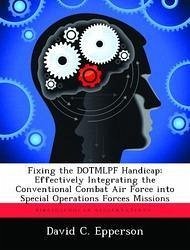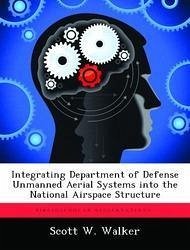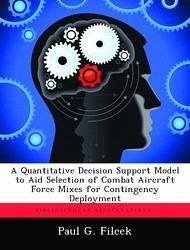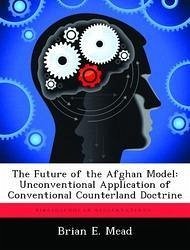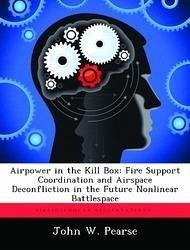Nicht lieferbar
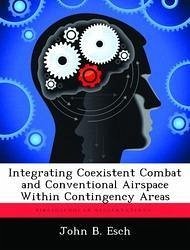
Integrating Coexistent Combat and Conventional Airspace Within Contingency Areas
Versandkostenfrei!
Nicht lieferbar
During past contingency operations and against a backdrop of competing geopolitical and economic goals, the US military, its allies, and coalition partners found it necessary to integrate combat and conventional airspaces to support military objectives. The airspace management personnel who planned and executed these operations faced the challenge of combining two, distinct airspace control systems within a coexistent environment. The first system, combat airspace control provided under the theater air ground system, directly supported the joint task force commander's operations through safely...
During past contingency operations and against a backdrop of competing geopolitical and economic goals, the US military, its allies, and coalition partners found it necessary to integrate combat and conventional airspaces to support military objectives. The airspace management personnel who planned and executed these operations faced the challenge of combining two, distinct airspace control systems within a coexistent environment. The first system, combat airspace control provided under the theater air ground system, directly supported the joint task force commander's operations through safely and efficiently controlling airspace over the joint operations area. The second system, conventional air traffic services, handled civil and noncombat aircraft in host nation airspace, inclusive of, or adjacent to the joint operations area. The distinctions between these two systems are established in aircraft separation standards and techniques, and the significant fact that combat and conventional operations vie for use of the same airspace. This work has been selected by scholars as being culturally important, and is part of the knowledge base of civilization as we know it. This work was reproduced from the original artifact, and remains as true to the original work as possible. Therefore, you will see the original copyright references, library stamps (as most of these works have been housed in our most important libraries around the world), and other notations in the work. This work is in the public domain in the United States of America, and possibly other nations. Within the United States, you may freely copy and distribute this work, as no entity (individual or corporate) has a copyright on the body of the work. As a reproduction of a historical artifact, this work may contain missing or blurred pages, poor pictures, errant marks, etc. Scholars believe, and we concur, that this work is important enough to be preserved, reproduced, and made generally available to the public. We appreciate your support of the preservation process, and thank you for being an important part of keeping this knowledge alive and relevant.






